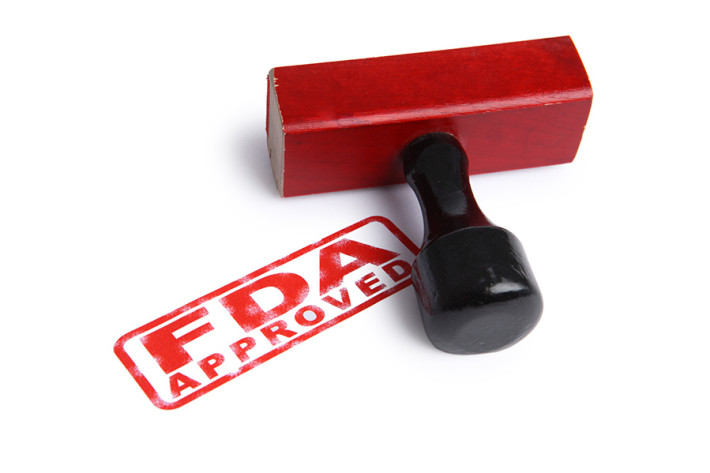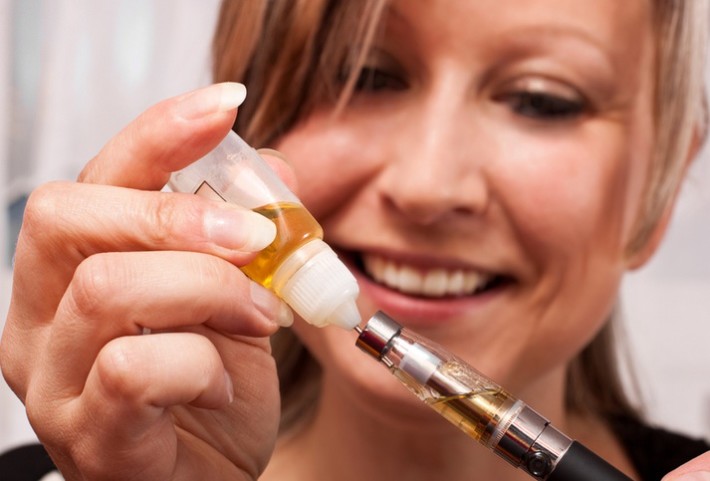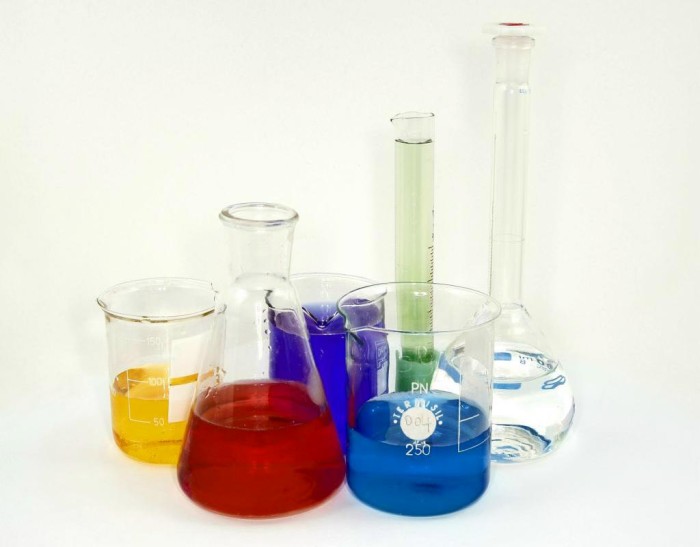The Food and Drug Administration (FDA) has been heavily involved in the regulation of e-cigarettes and as more and more research is completed and studies conducted, the closer the FDA may get to approval. The electronic cigarette and vaporizer market is still relatively new. As a result, many governments are still trying to create fair legislation to get a hold on the blossoming market. It was not until very recently that the Food and Drug Administration made a concerted effort to regulate the production and sale of e-cigarettes and their parts.
2006-2009
There are numerous main events with e-cigarettes relating to events with the FDA but it all started in 2006 when e-cigs were introduced into the United States between 2006 and 2007. Of course, the FDA was alerted immediately and since they have an affiliation to tobacco cigarettes, the FDA raised concerns for health. In 2009, the FDA banned U.S. Customs and Border Protection from allowing any entry of electronic cigarettes of any kind into the country. In May of 2009, the Action on Smoking and Health (ASH) files a petition for the FDA to regulate the e-cigs. This is when the FDA also tested two brands of e-cigs: NJOY and Smoking Everywhere. The results of the test showed findings of trace amounts of a group of carcinogens that is found in tobacco. Also, some cartridges that were labeled as 0mg of nicotine had very small amounts of nicotine. In June, President Obama signs the law to give the FDA the ability to regulate tobacco products through the Family Smoking Prevention and Tobacco Control Act 18.
2011-2012
In April of 2011, the FDA began to regulate electronic cigarettes as it regulates other tobacco products through the Food, Drug and Cosmetics Act. Labels on e-cig products that discussed anything related to the product assisting with quitting smoking or having health benefits were strictly regulated as a device of a drug or medical purpose. In August of 2012, the FDA released a report of 100 people with adverse health events who have used e-cigs.
2013-2014
In September of 2013, the American Academy of Pediatrics (AAP) stepped in. They urged the FDA to regulate tobacco products that included cigars, cigarettes, and electronic cigarettes. In April of 2014 the FDA required that e-cigarettes would go under review where they could be approved for banning sales to minors and requiring warning labels on the product. The AAP stated that electronic cigarettes were poisonous to children and the FDA proposed to regulate e-cigs and gained control over tobacco products. In June of 2014 the White House modified the ruling of the FDA on tobacco regulations and allowed for online selling of e-cigs. However, in August, the American Heart Association (AHA) urges the FDA to conduct more research on e-cigarettes as if they were tobacco and nicotine products and create more regulations on sales and marketing to youth. In September, the FDA proposed regulations on the sale of e-cigs and other tobacco products to anyone under the age of 18 and all labels must include a list of ingredients. This was also a time where cigarette smokers were choosing to use e-cigarettes as a means of quitting smoking as more discussion of electronic cigarettes being a healthier option became more widely understood.
2015-2016
As the market progressed and became more popular among smokers and non-smokers alike, many urged the FDA to begin regulation of e-cigarette products and their parts. In May of 2016, the ruling was finalized that the FDA would extend its authority from strictly tobacco products, under the Family Smoking Prevention and Tobacco Control Act of 2009, to include e-cigs and their parts.
Until 2016, there was no federal law prohibiting the sale of e-cigarettes, e-hookah, vape juice, or e-cigars to people less than 18 years of age. The FDA’s new regulations are primarily to keep high school aged students from picking up an unnecessary nicotine habit and to prevent those who do not currently smoke from starting.
As of May 2016, the FDA stated they will be in control of regulating e-cigarettes and their parts. Parts do not include accessories, but this does include mouthpieces, tanks, atomizers, e-liquids, flavorings, e-juice containers and batteries. All products hitting the market will need to be FDA approved before they can be sold. This is a huge step in FDA e-cig regulations—and one of the most harsh. Many currently take issue with the new regulations, claiming they will kill the vaporizer and e-cig market in the United States entirely.
Also included in these new regulations are packaging details, such as a necessary health label on every product package. E-juice retailers will no longer be able to provide free samples and as with cigarette sales, you must have a photo ID in order to make a purchase.
Many, many e-cig smokers will say that e-cigarettes are safer than traditional cigarettes; however, until 2016, there was no guarantee of the products and ingredients going into your cartridges or vape juice. Along with these new FDA regulations is the fact that the FDA will not have a definitive say as to what goes into your vape juice. This will finally make some order of the chaos that has been e-juice manufacturing and distributing in America since 2006.
Until 2016, there was very little regulation from the FDA on the vaporizer and e-cigarette market. After many conducted studies, it has been decided that there ought to be stricter regulations on the growing market. Those regulations came in May of 2016, but certainly will not be fully felt until 2017 or 2019.
E-Cigs Today Discussed by The FDA
The FDA is hesitant about the health of e-cigs due to the potential risks of the product, the lack of research that confirms the amount of nicotine and other chemicals being inhaled during the use of the product, and the lack of research confirming any benefits from using the product. The FDA is also viewing electronic cigarettes as a gateway for the younger population to using tobacco products that may be harmful to one’s health. Because of these concerns, the FDA has put new regulations on the packaging, sale, and manufacturing of e-cigarettes and vaporizers. Packaging, devices, and e-juice containers will need to be child-proof. Moreover, it is now federally illegal to sell e-cigs and their parts to people under 18.
Despite some research that has been conducted where the results may have proven that e-cigs are healthier than tobacco cigarettes, the FDA has yet to completely approve them. However, the FDA Center for Drug Evaluation and Research (CDER) is regulating electronic cigarettes that are meant for therapeutic purposes. At this time, the FDA Center for Tobacco Products (CTP) is regulating cigarettes, cigarette tobacco, roll-your-own tobacco, smokeless tobacco, hookah, and cigars. This comes as news in 2016 also, since until this year, hookah and cigars were not FDA regulated. When the FDA extended their authority to e-cigs, they took waterpipes and cigars under their jurisdiction also.
Adverse events have been reported to the FDA which also adds to their hesitancy towards approval of e-cigs. Illnesses such as pneumonia, congestive heart failure, disorientation, and seizures have been reported for individuals who use e-cigs. It is not fully confirmed whether or not the e-cig use is the cause of the illnesses in every case, but the FDA is taking these reports into consideration as well for the controversial regulation decision.
People In The Industry
WebMD has an extensive article on e-cigs relating to health and has released statements from individuals who represent several companies and organizations affiliated with e-cigarettes in some way. Craig Youngblood is the president of InLife, an e-cigarette company, stated that “they are electronic, alternative smoking devices that simulate the sensation of smoking. They do not expose the user, or others close by, to harmful levels of cancer-causing agents and other dangerous chemicals normally associated with traditional tobacco products.”.
Norman Edelman, MD, is a Chief Medical Officer of the American lung association and he explained cigarettes as “nicotine delivery devices intended to be used like a cigarette.” He questions, “What happens to a person who stops inhaling the tars of cigarettes and inhales only nicotine? We don’t know. At least there is the potential of harm.” Given his occupation, his concerns are understood.
FDA spokeswoman Rita Chapelle is concerned for the abuse of e cigs. She said, “We are concerned for the potential for addiction and abuse of these products. We don’t want the public to perceive them as a safer alternative to cigarettes.”.
Organizations in The Industry
There are several organizations in the tobacco industry, some of which are the World Health Organization (WHO), American Medical Association (AMA) and the American Lung Association (ALA). They all have common concerns regarding the health of the public and are following the FDA and its decisions on regulations as time goes on.
The World Health Organization referred to e-cigs as “electronic nicotine delivery systems” in an article released in August of 2014. They are concerned for the health of youth as many e-cig companies are marketing the products as an appealing device for the younger population and non-smokers. Also, they would like to see proof of electronic cigarettes that they minimize health risks associated with tobacco cigarettes.
The American Medical Association expresses similar concerns of the safety of e-cigarettes. They are firm in their belief that more research must be conducted for more confidence in the product. In an article published in June 2014, it states how the e-cigs come in fruit and candy flavors and a board member predicts that this may entice non-smokers and younger people to begin smoking.
The American Lung Association discusses in the first sentence on their website how they are concerned with the claim that e-cigarettes can help tobacco smokers quit. Overall, they express frustration with the lack of hard evidence of any kind regarding e-cigs. The article on e-cigs on their website touches on how early studies did show levels of nicotine and other harmful carcinogens in the products. Since the Surgeon General states that nicotine has a negative impact on fetal development and brain development, this rises the association’s concerns dramatically. The American Lung Association is also focusing on how non-users of e-cigs will be affected by secondhand emissions. There have been studies that have found chemicals such as formaldehyde and acetaldehyde in the e-cig emissions.
It is clear how these three organizations share many similar concerns. Given their purpose and their individual missions as health organizations, their intentions are to protect the health of the public. Throughout the history of the growth of e-cigs in the United States, they have put forth significant efforts in urging the FDA to make stricter regulations and conduct more research.
Conclusion
Electronic cigarettes have come a long way since they were first created in 2003 by Chinese pharmacist Hon Lik. Despite their growing controversy, there have been many efforts in research and conducting studies so as the public and e-cig users can more clearly understand the product. EPUFFER, one emerging e-cigarette brand, is designing its brand that encompasses the positive qualities one would seek in an e-cig experience in hopes that the FDA will allow for permanent approval.
The steps taken recently in May of 2016 are what many would say is a step in the right direction of e-cig regulation. All regulations come from concerns over public safety, though many claim there are too strict to allow the market to thrive. It is clear there is some negotiating that needs to be done in order to please the FDA, smokers, vaporizers, and manufacturers alike.
Learn more about the best e-cigarette brands in USA or the best e-cigs in Canada.




